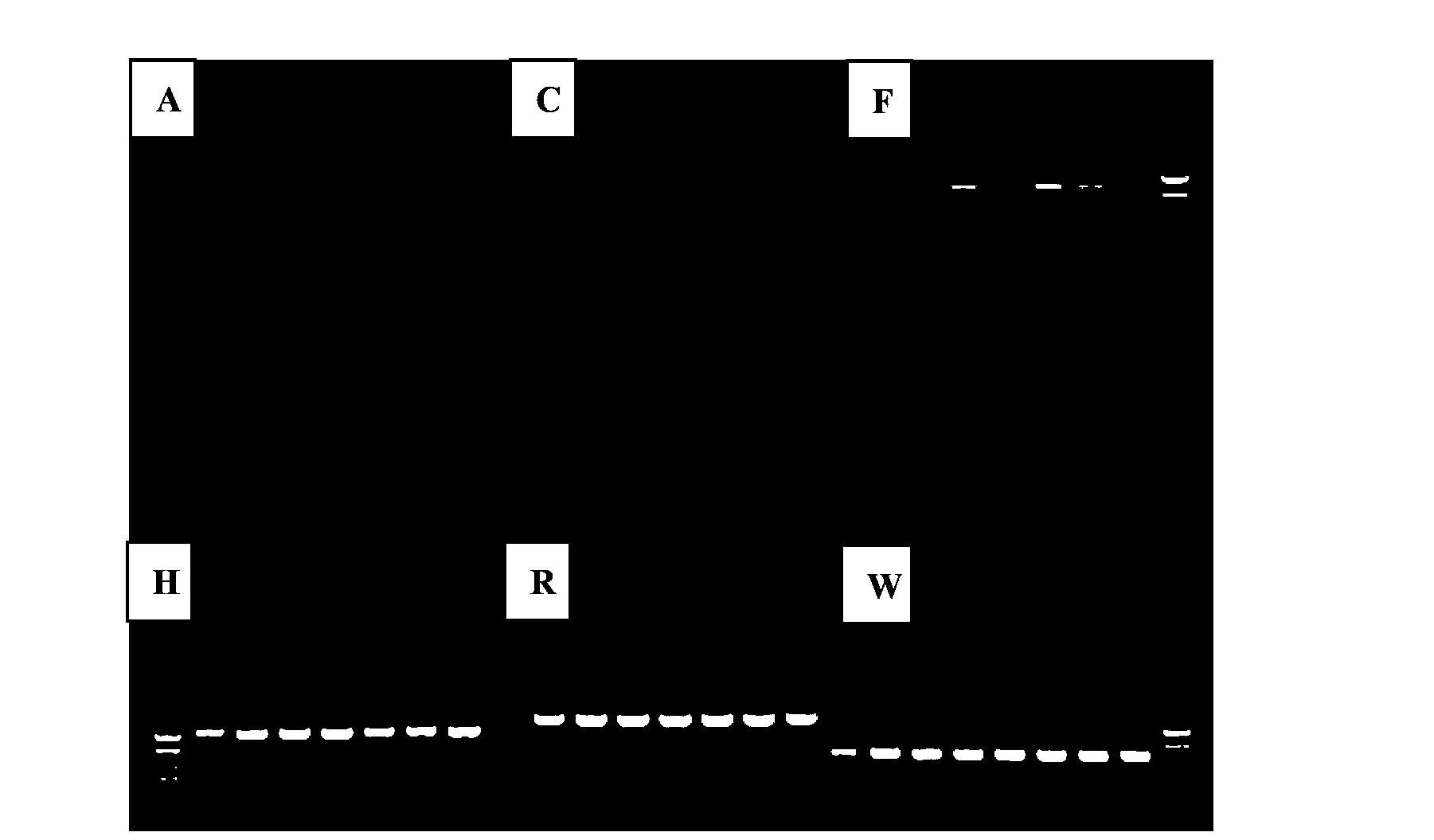Extraction method of Tobacco whitefly endosymbiont mycetocytes
A technology for Bemisia tabaci and bacterial cells, which is applied in the field of extraction of endosymbiotic bacterial cells of Bemisia tabaci, and can solve problems such as interference and inability to exclude exogenous microorganisms in a host.
- Summary
- Abstract
- Description
- Claims
- Application Information
AI Technical Summary
Problems solved by technology
Method used
Image
Examples
Embodiment 1
[0040] 1) Collect 1000-2000 whitefly adults, soak them in a 5ml sterilized centrifuge tube containing 2ml 70% ethanol for a short time, let it stand for 1 minute, after the insects settle, remove the upper layer of alcohol, and collect the bottom of the centrifuge tube Worm, repeat the above steps 3 times to disinfect the surface of the worm;
[0041] 2) Repeatedly rinse with 2 ml of sterilized double distilled water for at least 3 times, each time for 5-10 minutes;
[0042] 3) Place the sterilized worm under a dissecting microscope, remove the head, thorax, midgut and other tissues of the worm with micro-dissecting forceps, and collect the remaining tissue into a clean 2 ml centrifuge tube;
[0043] 4) Put the collected worms in 0.5 ml of PBS buffer, use a micro electric tissue homogenizer and grind into a coarse sample, wherein, the composition of the PBS buffer is 10mM phosphate-buffered saline, pH 7.4; 137mM NaCl ; 2.7mM KCl; 10mM Na 2 HPO 4 ; 2mM KH 2 PO 4 , when gri...
PUM
 Login to View More
Login to View More Abstract
Description
Claims
Application Information
 Login to View More
Login to View More - R&D
- Intellectual Property
- Life Sciences
- Materials
- Tech Scout
- Unparalleled Data Quality
- Higher Quality Content
- 60% Fewer Hallucinations
Browse by: Latest US Patents, China's latest patents, Technical Efficacy Thesaurus, Application Domain, Technology Topic, Popular Technical Reports.
© 2025 PatSnap. All rights reserved.Legal|Privacy policy|Modern Slavery Act Transparency Statement|Sitemap|About US| Contact US: help@patsnap.com



